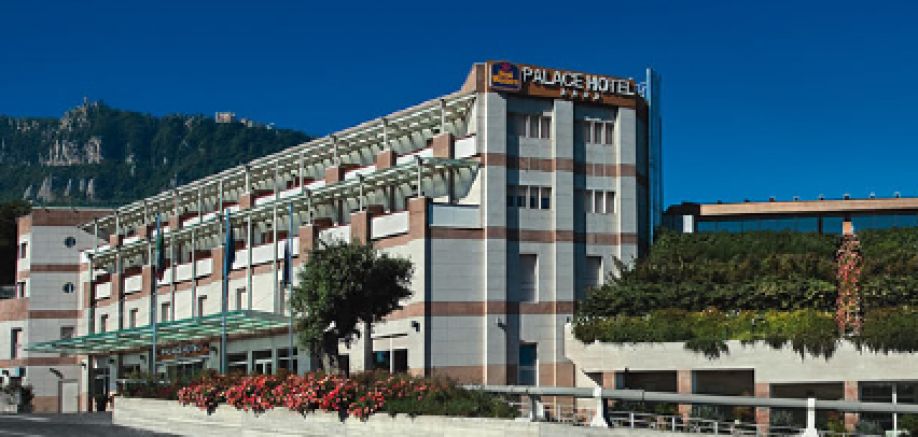
San Marino is a civil law country, probably one of the purest remaining: no civil code has ever been enacted and ius commune is still at the basis of its legal system. Ius commune is the common law that prevailed throughout Europe before the codes. In San Marino’s law, save when a specific matter is governed by statute, ius commune applies.
It was on this historical foundation that San Marino built its statute of 1st March 2010, No 42 on trusts (hereinafter “the Trust Law”).
The Trust law is a completely new law, totally revising the trust law previously in force (17th March 2005, n. 37)1, enacted after the ratification of the Hague Convention on the Law Applicable to Trusts and on their Recognition of 1st of July 1985 (the "Hague Trust Convention”).
The San Marino Trust Law created a brand new model of trust. It is not simply a new trust law, with inspiration to the several international trust laws enacted in recent years.
This model of trust leaves to the settlor the power to completely decide the programme of appropriation of the trusts assets he wishes, without being bound by any rule deriving from the traditional common law idea that the trust is a gift over time to beneficiaries.
Civilian settlors appreciate the value of segregation for their assets and appreciate the value of drafting an appropriation programme for these assets, but they do not want to immediately enrich the beneficiaries. They want to “dominate” the beneficiaries’ will and not be “dominated” by it. Their attitude has been produced by centuries of experience with the Roman fideicommissum, which embodied the dead-hand idea. Over the centuries, civilians set up fideicommissa to set an appropriation programme for the management of family assets over time, to bind the beneficiaries’ will regardless of their desire not to be bound by it. English trust law did not embody such an idea; on the contrary it adopted the ‘gift over time’ idea, and the will of beneficiaries has prevailed over the settlor’s will expressed in the trust deed.
The supremacy of the settlor’s will under the San Marino Trust Law emerges from many elements. The most evident ones are the following:
• The rules about variation of trusts.
The trust deed contains the programme for the appropriation of trusts assets set by the settlor. If beneficiaries can vary it, this means that assets are at the beneficiaries’ disposal, that they are enriched by them. Under San Marino law, the settlor can grant beneficiaries the power to vary the trust deed. He can decide to enrich them. But the settlor can also decide not to grant such power to beneficiaries and not to enrich them. In the latter case, they cannot vary the trust, not even with the help of the judge.
• The rules about the early termination of trusts and allocation of the trust funds.
In common law jurisdiction, where the rule in Saunders. v. Vautier applies beneficiaries are the beneficial owners of the trust property and they can terminate the trust, if they all agree, before the time set by the settlor2 and beneficiaries, under a discretionary trust, can agree about the manner in which trust property shall be divided among them and to obtain it, even against the settlor’s will3; beneficiaries can instruct the trustee to transfer to a third party the trust property they are entitled to4. Under San Marino law, the settlor can explicitly deny the beneficiaries all these prerogatives.
• The beneficiaries’ right of information.
Under traditional English law, beneficiaries were considered to be the beneficial owners of the trust documents as well as of the trust assets. Nowadays, the information duty is not, in rhetorical terms, based on the beneficiaries’ ownership of trust assets, but the scope of application of the rule is wider than before. All beneficiaries can get information about the management of the trust. San Marino Trust Law parted with this idea very clearly. Since the trust is not a gift over time to the beneficiaries, but an appropriation programme of segregated assets to be managed and disposed according to the settlor’s programme, the beneficiaries do not have any right of information if the settlor decides not to grant it to them.
• The regulation of the breach of trust. Under the traditional English or international trust law beneficiaries are always entitled to take legal action against the trustee in case of breach. Under San Marino law, it is the settlor that can attribute or remove such an entitlement.
• The absence of the risk of re-characterization of purpose trusts. Under the traditional idea of the trust as gift over time to beneficiaries, the judge is urged to find a donee in every case he can.5 Under San Marino law, persons who receive or may receive assets or benefits from a purpose trust shall not be considered beneficiaries. Therefore, the settlor can characterize the trust as a purpose trust, depriving all individuals that can benefit from it of the beneficiaries‘ rights. No risk of re-characterization may arise.
In substance, since no gift over time idea is embodied in the new San Marino Trust Law, the settlor can fully shape the legal position of beneficiaries, because the trust is seen, under such a law, as an appropriation of segregated assets, to be managed under the settlor’s programme indicated in the trust deed.